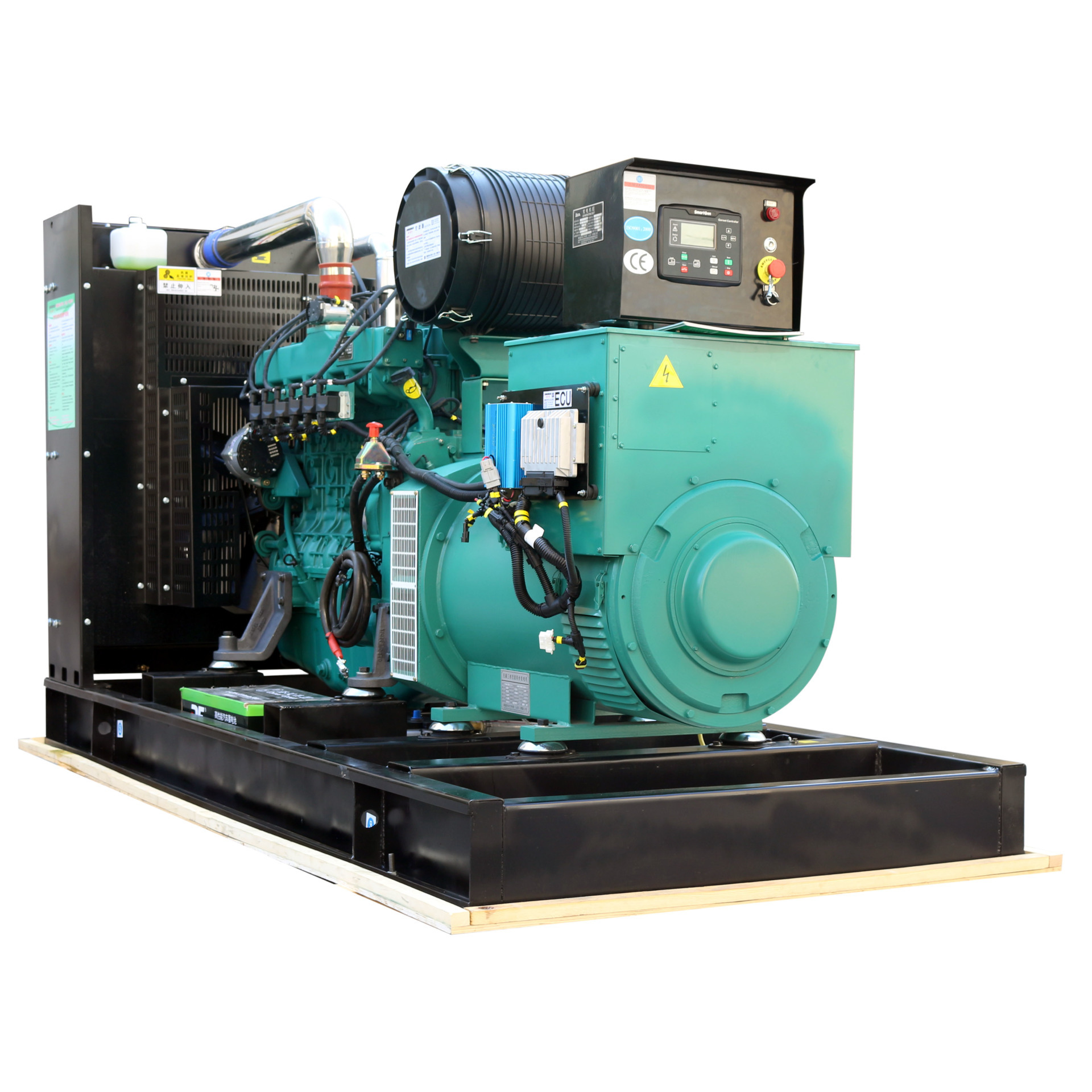What is the working principle of a diesel engine
The working process of a diesel engine is actually the same as that of a gasoline engine. Each working cycle also undergoes four strokes: intake, compression, work, and exhaust. But because the fuel used in diesel engines is diesel, its viscosity is higher than gasoline, and it is not easy to evaporate, and its spontaneous combustion temperature is lower than gasoline. Therefore, the formation and ignition of combustible mixture are different from gasoline engines.

The diesel engine sucks in pure air during the intake stroke. When the compression stroke is nearing the end, the diesel oil is increased to over 10MPa through the fuel injection pump, and injected into the cylinder through the fuel injector. It mixes with the compressed high-temperature air in a short period of time to form a combustible mixture. Due to the high compression ratio of diesel engines (usually 16-22), the air pressure in the cylinder can reach 3.5-4.5MPa at the end of compression, while the temperature is as high as 750-1000K (while the mixed gas pressure of gasoline engine at this time will be 0.6-1.2MPa , The temperature reaches 600-700K), which greatly exceeds the auto-ignition temperature of diesel. Therefore, after diesel fuel is injected into the cylinder, it will immediately self-ignite and burn after being mixed with air within a short period of time. The air pressure in the cylinder rises rapidly to 6-9MPa, and the temperature also rises to 2000-2500K. Driven by the high-pressure gas, the piston moves downward and drives the crankshaft to rotate to perform work. The exhaust gas is also discharged into the atmosphere through the exhaust pipe.
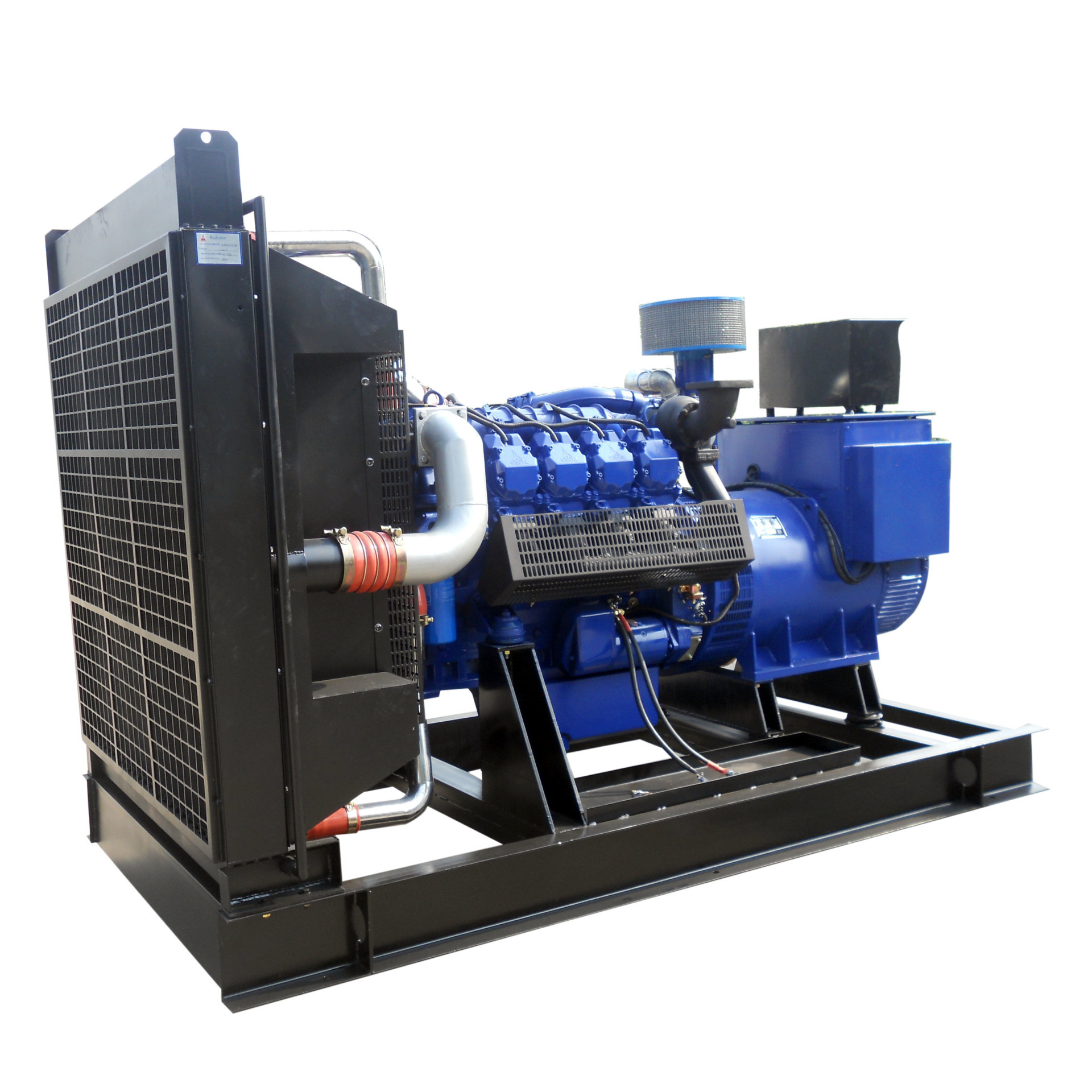
The ordinary diesel engine is driven by the engine camshaft, and the diesel is delivered to the fuel chamber of each cylinder by means of a high-pressure oil pump. This kind of fuel supply mode changes with the engine speed, and cannot achieve the best fuel supply at various speeds.
The common rail injection fuel supply system consists of a high-pressure fuel pump, a common fuel supply pipe, an fuel injector, an electronic control unit (ECU) and some pipeline pressure sensors. Each fuel injector in the system is connected to the public fuel supply through its own high-pressure fuel pipe. The pipes are connected, and the common fuel supply pipe plays a role of hydraulic pressure accumulation for the fuel injector. When working, the high-pressure fuel pump delivers fuel to the public fuel supply pipe at high pressure. The high-pressure fuel pump, pressure sensor and ECU form a closed-loop operation to accurately control the oil pressure in the public fuel supply pipe, completely changing the fuel supply pressure with the engine speed. phenomenon.
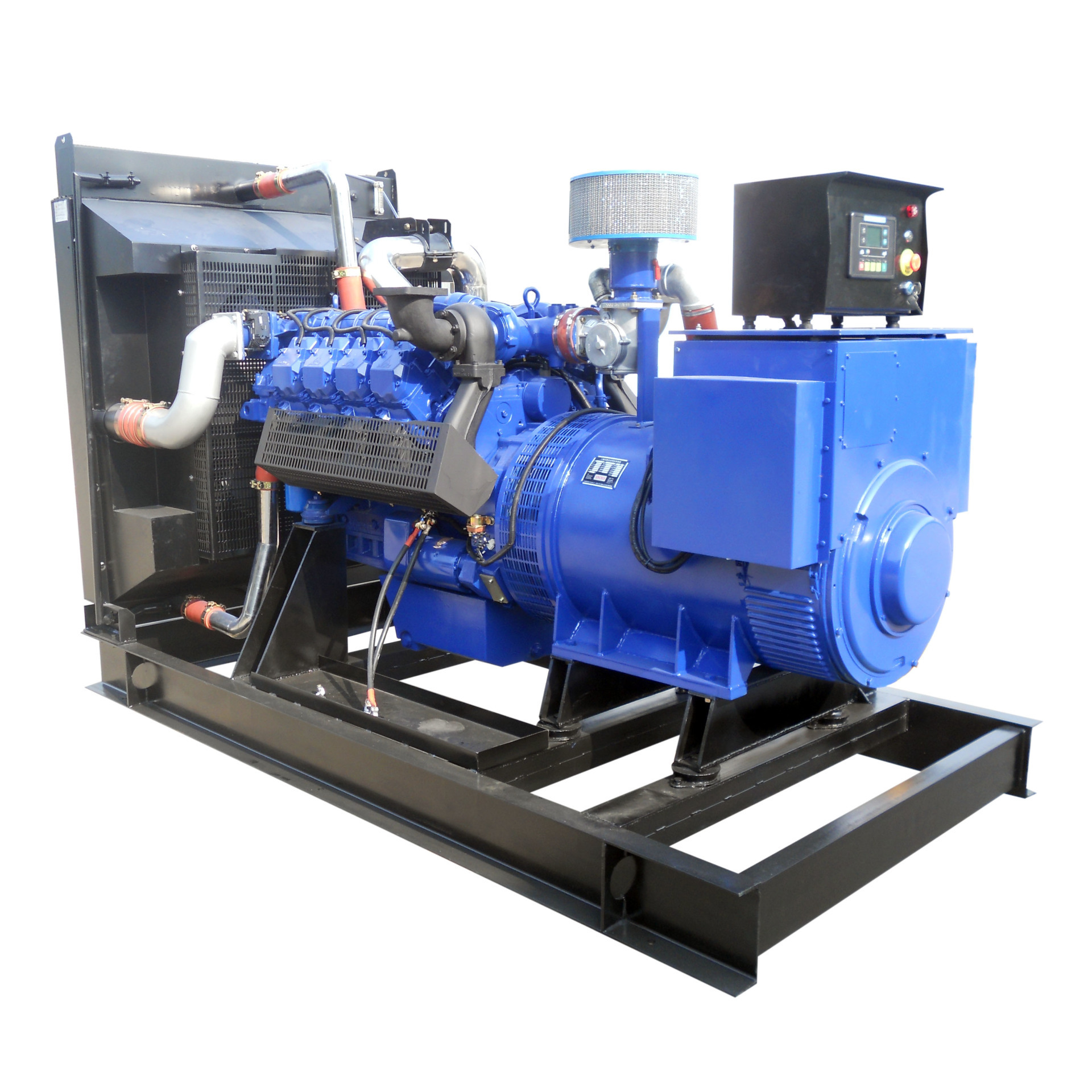
Its main characteristics have the following three aspects:
1. The fuel injection timing is completely separated from the fuel metering, and the fuel injection pressure and fuel injection process are controlled by the ECU in a timely manner.
2. The fuel injection pressure, fuel injection start point and duration of each cylinder can be adjusted according to the working conditions of the engine, so as to pursue the best control point of fuel injection.
3. It can achieve high fuel injection pressure, and can achieve diesel pre-injection.
Compared with gasoline engines, diesel engines have a low fuel consumption rate (30% lower than gasoline engines on average), and the price of diesel is lower, so fuel economy is better; at the same time, diesel engines generally have a lower speed than gasoline engines and a larger torque than gasoline engines. However, its quality is large, it is noisy at work, its manufacturing and maintenance costs are high, and its emissions are also worse than gasoline engines. But with the development of modern technology, these shortcomings of diesel engines are gradually being overcome.

The difference between gasoline engine and diesel engine
A gasoline engine takes in a mixture of fuel and air, compresses it, and then ignites the mixture with sparks. Diesel engines only take in air and compress it, and then inject fuel into the compressed air. The heat generated by the compressed air can ignite the fuel.
The compression ratio of gasoline engines is 8:1 to 12:1, while the compression ratio of diesel engines is 14:1, and can even reach 25:1. Because diesel engines have a higher compression ratio, they are also more efficient.
Gasoline engines usually use vaporization, that is, before air enters the cylinder or port, the air and fuel are already mixed; or use port fuel injection, that is, inject fuel before starting the intake stroke (outside the cylinder). Diesel engines use direct injection, that is, diesel is directly injected into the cylinder.

Note that the diesel engine does not have a spark plug. It sucks in and compresses air, and then injects fuel directly into the combustion chamber (direct injection). In fact, the heat generated by the compressed air ignites the fuel of the diesel engine.
The fuel injector of a diesel engine is its most complex component and has been the subject of a large number of experiments. Because specific to each engine, the position of its injector may be different. The fuel injector should be able to withstand the temperature and pressure inside the cylinder, and at the same time make the fuel sprayed into a fine mist. It is also a problem to evenly distribute the oil mist circulating in the cylinder. Therefore, some diesel engines use special induction valves, pre-combustion chambers or other devices to make the airflow swirl in the combustion chamber, or to improve the ignition and combustion process.
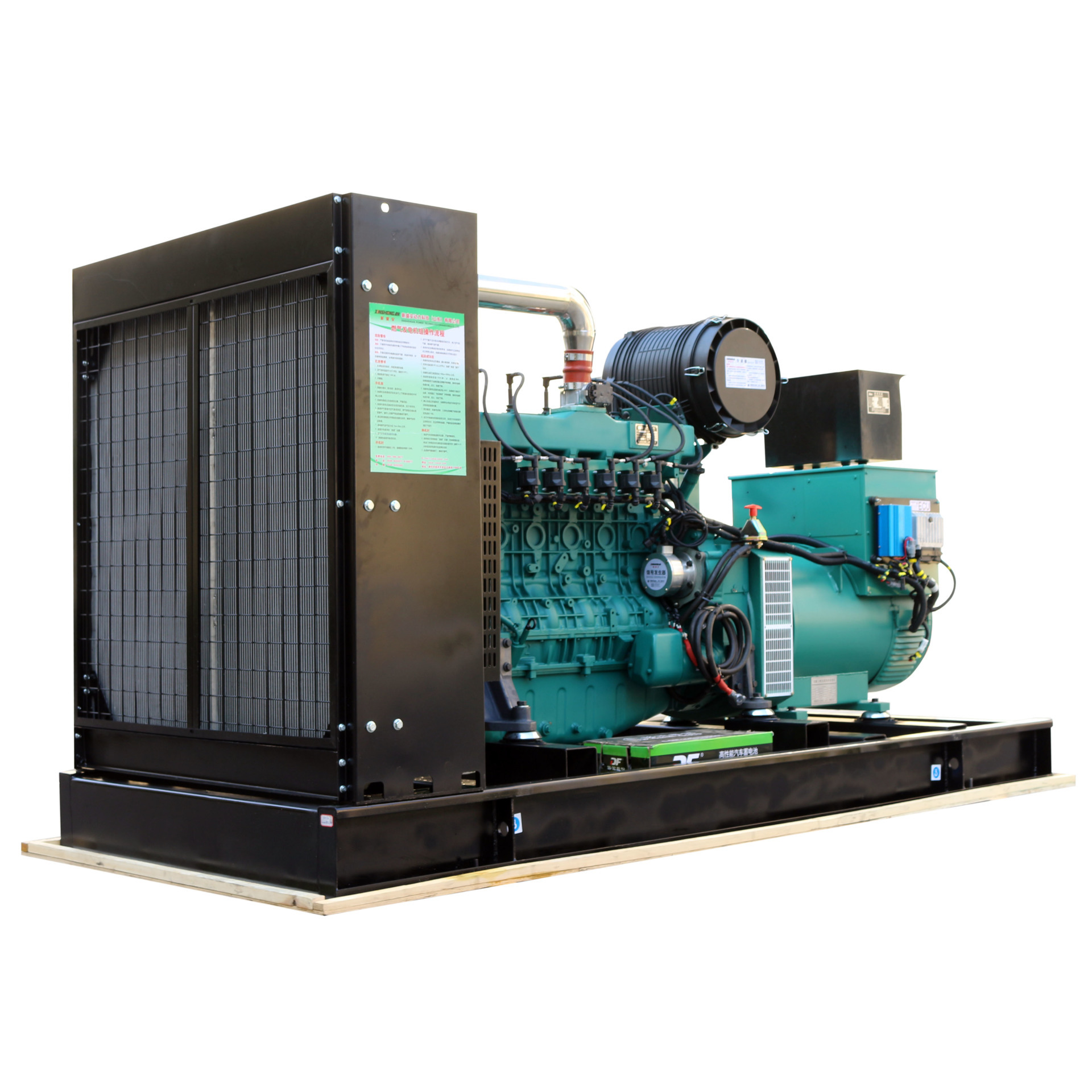
horsepower
A big difference between a diesel engine and a gasoline engine is the different injection steps. Most car engines (gasoline engines) use port injection or use carburetor instead of direct injection. Therefore, inside the car engine, all fuel is injected into the cylinder during the intake stroke and then compressed. The compression of the fuel-air mixture limits the compression ratio of the engine, because if the air is over-compressed, the fuel-air mixture will ignite by itself and cause knocking. Diesel engines only compress air, so the compression ratio can be much higher than that of gasoline engines. The higher the compression ratio, the greater the horsepower produced.
Some diesel engines contain some kind of glow plug. When the temperature of the diesel engine is low, the compression process cannot raise the air to the ignition point of the fuel. The glow plug is an electric heating coil (imagine the heating coil seen in an oven), which can ignite the fuel when the engine is cold, thereby starting the engine. Clay Breston is an experienced heavy equipment technician. He believes:
All functions of modern engines are controlled by the communication between ECM and complex sensor group. These sensors measure all data including R.P.M., engine coolant and oil temperature, and engine position (ie T.D.C.). Glow plugs are rarely used in today's large engines. The ECM detects the ambient temperature and delays the timing of the engine in cold weather, so the injector will delay fuel injection. The higher the degree of compression of the air in the cylinder, the more heat generated to assist starting.
Smaller engines and engines without advanced computer control use glow plugs to solve the cold start problem.
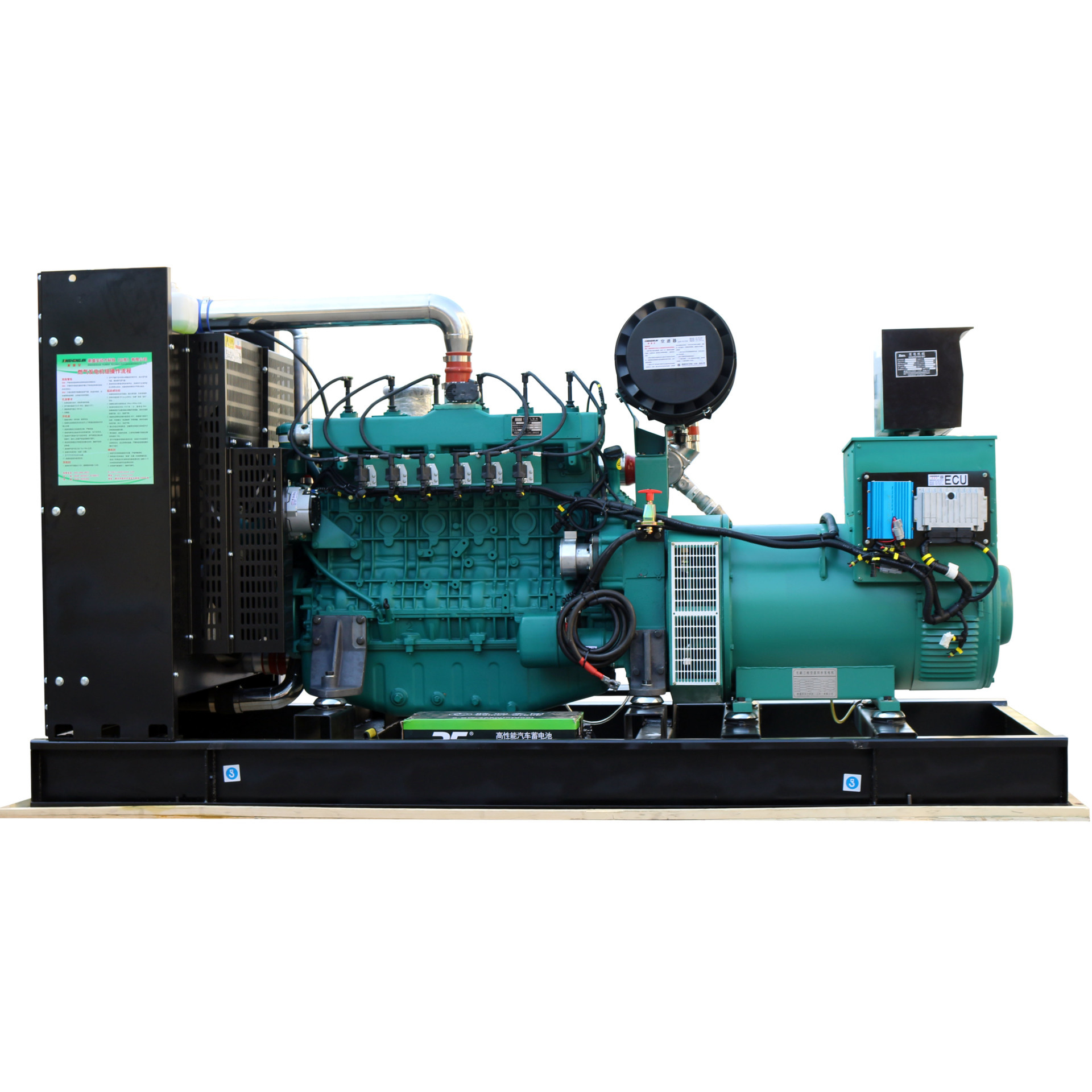
Diesel oil
If you compare diesel with gasoline, you will find that they are different. They smell different. Diesel is heavier and more oily. Diesel vaporizes much slower than gasoline. In fact, its boiling point is much higher than that of water.
Because diesel is heavier, it evaporates slowly. Compared to gasoline, it contains more and longer carbon atom chains (gasoline is generally C9H20, and diesel is generally C14H30). There are fewer refining processes when producing diesel, so diesel is cheaper than gasoline.
Diesel has a higher energy density than gasoline. On average, 3.8 liters of diesel contains about 155x106 joules of energy, while 3.8 liters of gasoline contains 132x106 joules. This advantage, combined with the higher efficiency of diesel engines, explains why diesel engines have lower mileage than gasoline engines.
